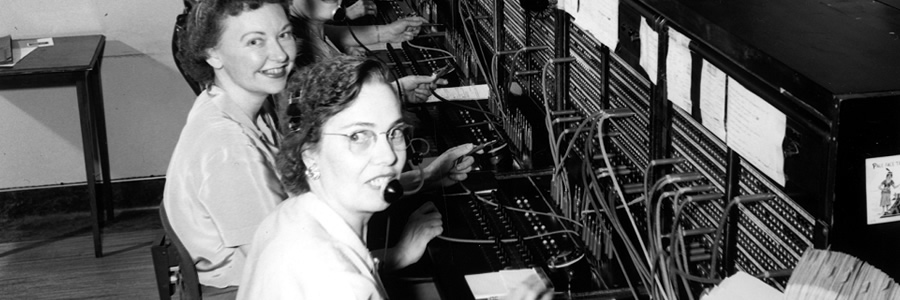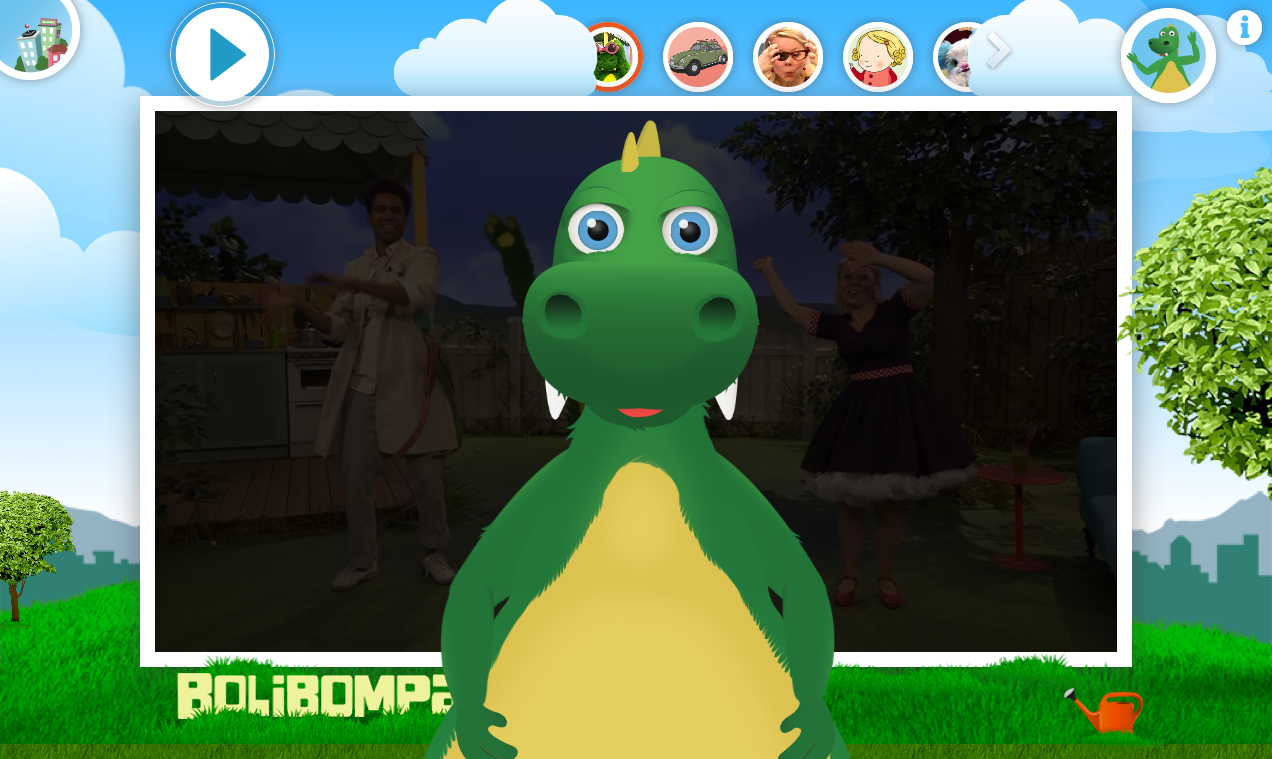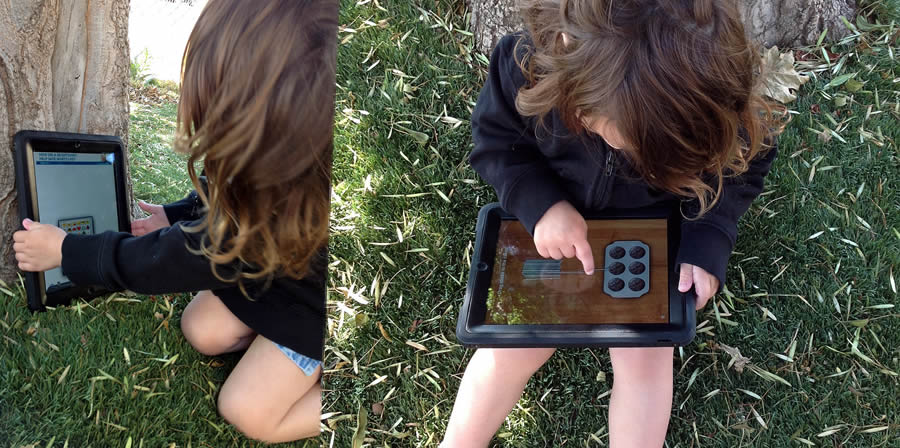A longitudinal study with up to 100 participants has the potential to combine the best of quantitative and qualitative methods without overwhelming the researcher. A bonus: no need to constantly find new “test subjects”.
An interview, usability test or guided exploration is conducted with me and the person in the same room. We are literally less then one meter apart for 5 to 60 minutes. Contrary to those methods, a long-distance relationship (“LDRs”) with a “user” is a longitudinal approach that easily scale to include 50 or 100 participants.
The most valuable aspect of an LDR study is that I can follow persons from being novices to intermediate users of the product, possibly even see some of them become experts. The other three methods usually involve only novices. With a LDR study I can answer questions such as “Is the service valuable over time?” and “How did Change X feel to persons who’ve already used the product for some time?”.
So far I have only conducted one LDR study. As part of the Barnplay.se project at SVT I had 50 families use the product even before it was publicly accessible. I maintained contact with the families until we finished the project in May 2014.
Setup
- We invited persons to the study via a blog entry on the Barnkanalen blog. The entry was also spread by us in the Barnkanalen Facebook feed and by various persons in their personal feeds.
- The post asked for families with kid(s) aged 3 to 11 and explained that we needed their help to make a new video service as good as possible. I included my email address and asked interested persons to contact me.
- Those who contacted me where given more info regarding the value they bring, the methods of data collection that will be used and the estimated frequency of our interactions.
- I created a simple spreadsheet with participants on the y-axel and events such as “expression of interest” and “first survey” on the x-axel. The cells contain the date of the event and sometimes important findings from it.
Points of contact
- When we had a question that was suitable for the LDR study we created an event to answer it. Most investigations where made via short surveys but I also conducted phone interviews and guided explorations to answer some questions.
- Surveys where either created with Surveymonkey.com or written as an email to the participants. In the latter case they answered by simply replying to the email. I found that the email method gave slightly more answers.
- For phone interviews I sent an email to all the participants and asked if they wanted to talk to me and if so at what date and time. The interviews where quite short – five to ten minutes – but a lot more info can be gathered during that time then can be received via a survey.
- The guided explorations where conducted as for an exploration with a person who has not seen the service before, but thanks to me “knowing” the family a bit and the family having used the system the questions that could be answered where different and the event was more relaxed then “normally”.
Building trust
- Giving persons early access to an exciting product is an effective way of building rapport and trust.
- When conducting research via email one need to be careful with which words one choose to use – both to not offend anybody and to get valid answers.
Tomorrow: A summary and comparison.


